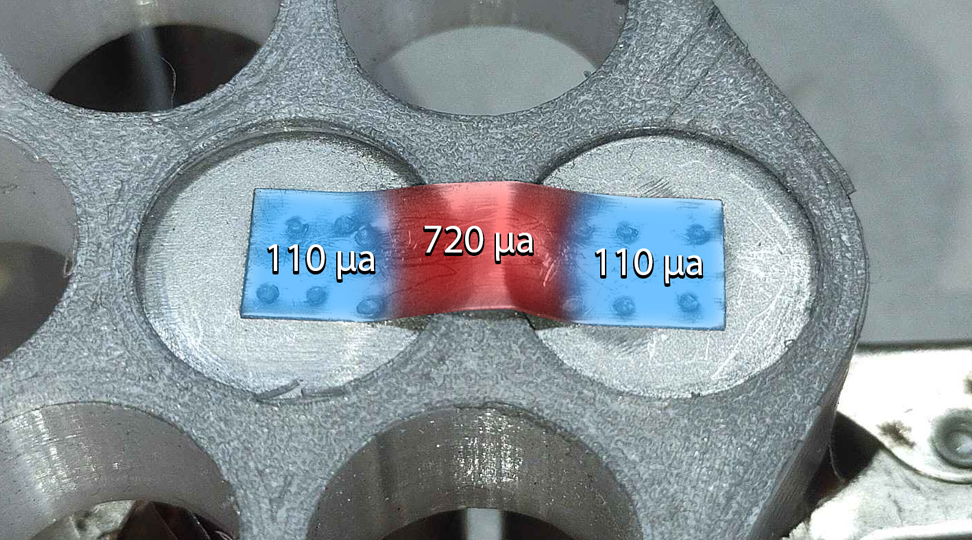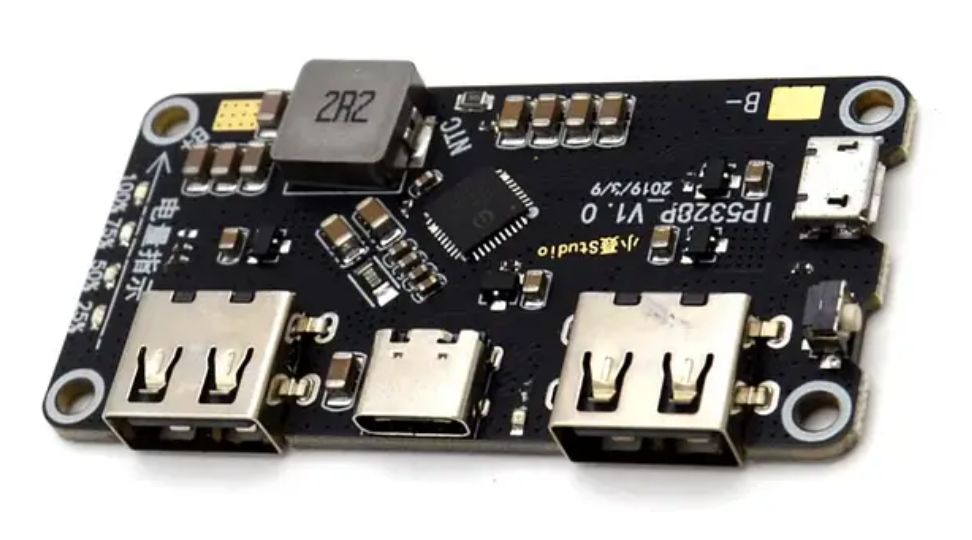
What causes BMS to fail
A BMS failure can stem from a variety of issues, from poor design and misconfiguration to external factors related to battery cell types and their arrangement. By understanding these causes and taking preventative measures, we can ensure the longevity and reliability of our battery-powered systems, keeping our devices running smoothly and safely.
Battery Management Systems (BMS) are the unsung heroes of the battery world, ensuring our devices and vehicles run smoothly by managing the battery's charge, discharge, and overall health. However, like any other component, a BMS can fail, and understanding why can help us prevent future failures. Failure doesn't always mean a catastrophic event; it could be as simple as the BMS no longer performing one of its key functions, such as cell balancing or enabling battery charging. Let's dive into what causes these critical systems to fail, distinguishing between simpler, "non-smart" BMS and their more complex, "smart" counterparts.
Common Failures by BMS Type: Simple vs. Smart
Simple BMS Failures: Bad Design and Overrating
At the heart of simpler, non-smart BMS failures are two main issues: poor design and overrating their capabilities. A poorly designed BMS might be sold with claims it can handle more current than it truly can, leading to overheating and failure. For example, a BMS advertised to handle 20 amps of charge current may only have a single MOSFET (Metal Oxide Semiconductor Field Effect Transistor) capable of managing 6 amps. This discrepancy between marketing claims and reality can lead to failures when the BMS is pushed to its advertised limits, resulting in overheated MOSFETs and eventual system failure. Also, if the cells managed by the BMS are too far out of balance, the passive balancing capabilities of a simpler BMS may not be sufficient. That can lead to the cells going drastically out of balance. That, of course, isn’t exactly the fault of the BMS, but it does highlight its limitations of passive balancing.
Smart BMS Failures: Misconfiguration and Power Draw
Moving on to the more complex, smart BMS, these systems offer configurability and the ability to handle more current. However, this sophistication comes with its own set of challenges. Misconfiguration is a common pitfall; for instance, setting a BMS to handle a discharge current higher than its capabilities can lead to burnt-out MOSFETs and system failure. Additionally, smart BMSs tend to draw more power than their simpler counterparts. If a battery is left unused for extended periods, the continuous power draw of a smart BMS can deplete the battery to levels where the BMS can no longer function, essentially "putting it to sleep." This state, while reversible, renders the battery useless unless addressed.
BMS Failure Contributing Factors
It's also important to consider the battery cells themselves and their configuration. Different cell types have various disadvantages and safety profiles that can impact BMS performance. For instance, pouch cell batteries are known for their fragility and risk of explosion, factors that can complicate BMS management. Similarly, how cells are configured, such as in series or parallel arrangements, can influence the BMS's effectiveness and risk profile. For example, connecting lithium batteries in series without considering the BMS's capabilities can lead to over-volting and failure.
Preventing BMS Failure
Understanding how to choose the right BMS, its limitations and proper configurations are super important in preventing failures. For simpler BMS, ensuring the system is not overstressed and that cells are well-balanced is key. For smart BMS, proper configuration according to the manufacturer's specifications and regular monitoring to prevent deep discharge are vital steps. Additionally, choosing the right type of battery cells, considering their safety profiles and suitability for the application is paramount.
We hope this article helped you learn all about what causes a BMS to fail, thanks for reading!


